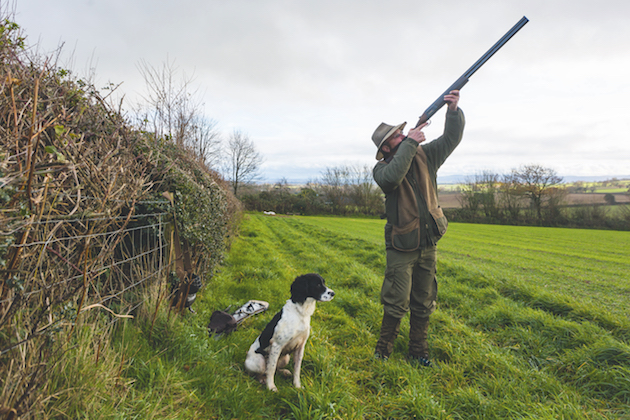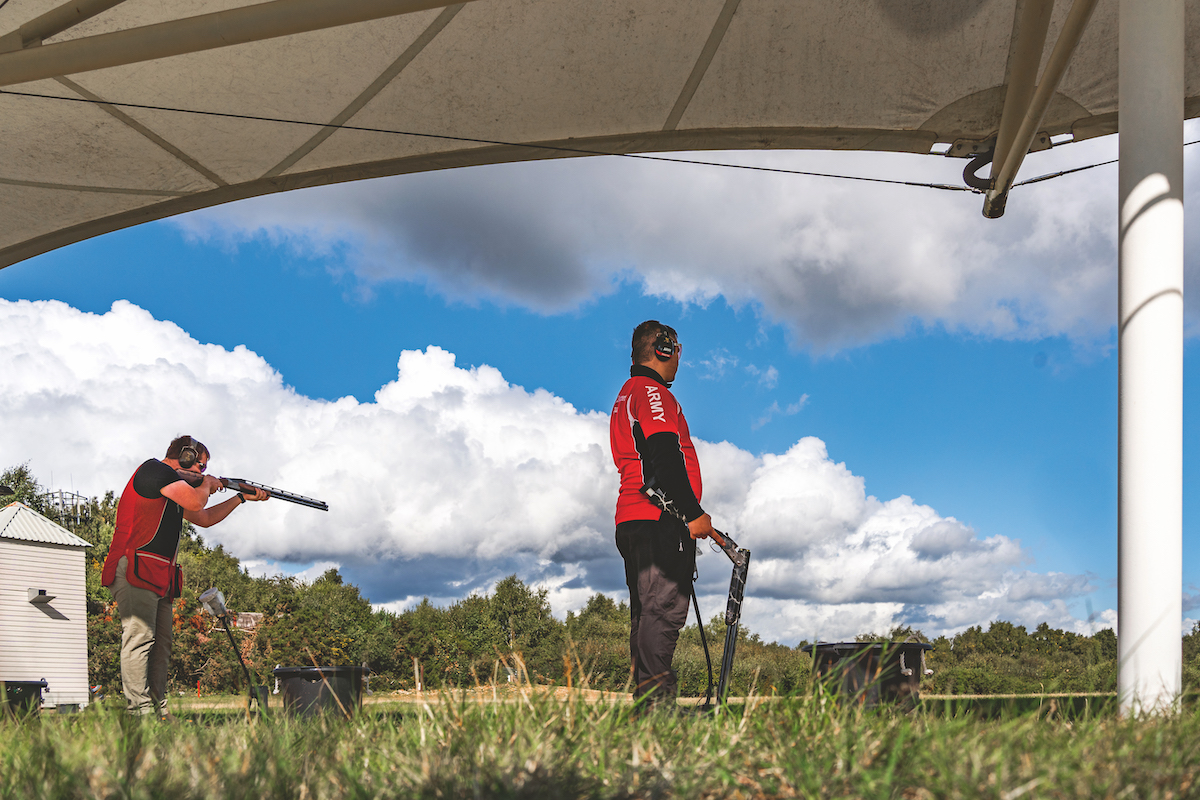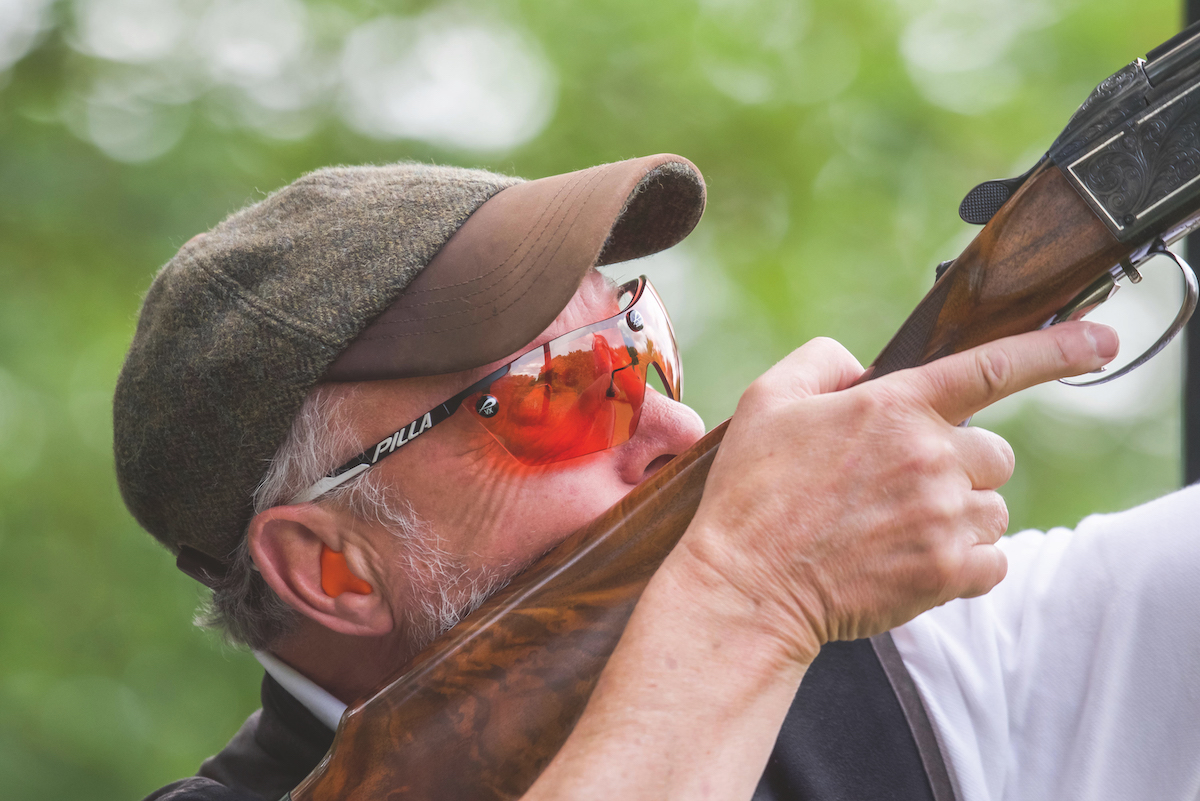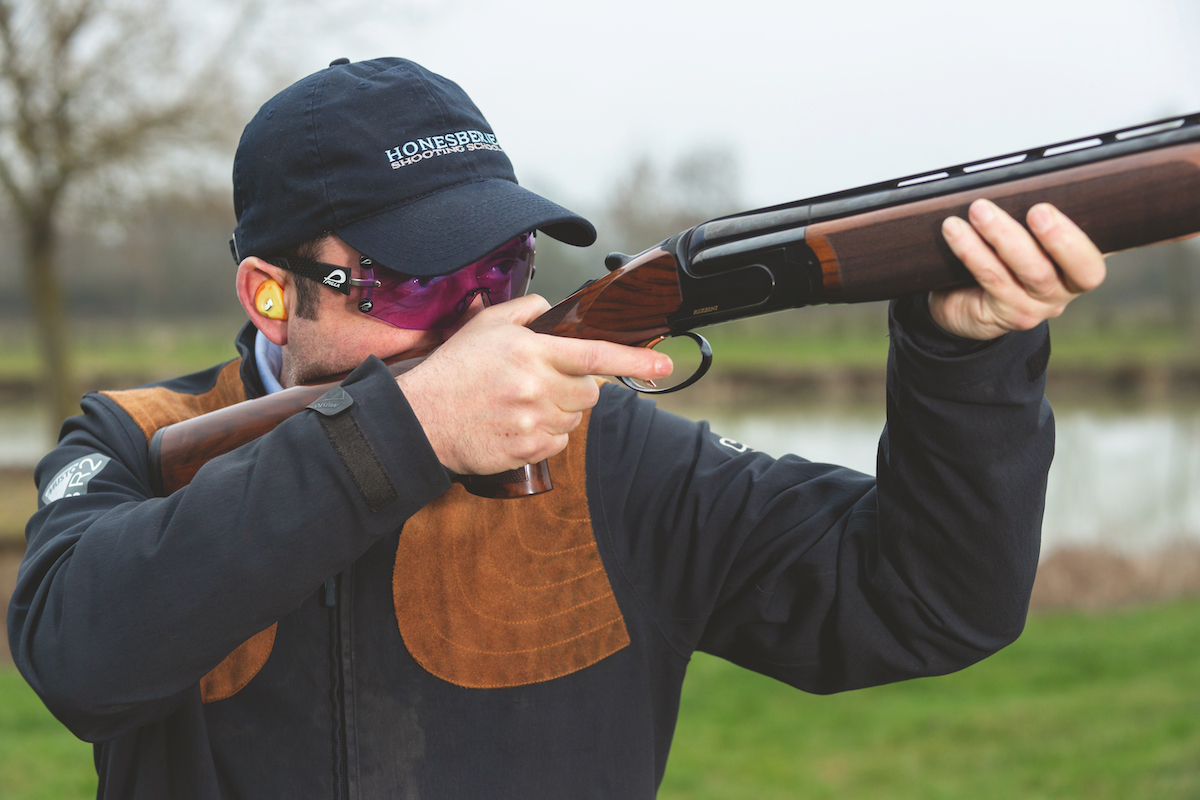Giving the very high birds your best shot
Barrel length has changed over the years, and preferences differ but is longer always better for reaching tall birds, asks Simon Reinhold

Giving high birds your best shot
High bird shooting is a specialist subject. Some devote themselves to nothing else, but is there an optimum barrel length for it?
It might surprise you to learn that the fashion for long barrels is nothing new. Take a look at any of the fowling 4- and 8-bore shotguns from the later part of the 19th century and you will rarely find one with short barrels. To cut through the babble of modern fieldsports marketing, though, we need to determine what we mean by both high birds and by long barrels.
High birds is a relative term. What is high for me may not be high for you. It must be assessed on individual ability and, for that, you must be honest with yourself. When my sons, who are starting out on their shooting careers, begin to leave birds that they think are out of range I know they will have passed an important milestone in their shooting career.
That ceiling moves as we progress and our ability with a shotgun and our understanding of our equipment and its capabilities improves, but there are limits beyond which our behaviour becomes unacceptable. It is for each person to judge for themselves.
One Norfolk shoot stalwart of my acquaintance summarises the difference between 32in and 28in barrel lengths with the comment “well, you’re four inches closer tothe bud bor”. He is the same man who sidled up to one Gun, who was shouting oaths at his apparently deaf dog, with a grin and the levelling comment: “Wos uts real name?”
Not much is new in gunmaking and, with a few exceptions, generally accepted lengths of barrel ranged between 27in and 32in. You occasionally see 34in barrels advocated as specialist high bird guns by a few manufacturers, but very rarely are barrels longer than 32in advocated by these specialist Shots.
Fashion has played a part over the years and, in the 1920s and 1930s, Robert Churchill had great success selling 25in-barrelled guns. This was largely down to his ability with one on the competition circuit and his skill in marketing. Decades before that, quiet, knowledgeable gunmakers and their wildfowling customers knew a truth that fundamentally has not changed: barrel length is first and foremost about recoil.
As driven shooting has moved towards heavier guns, so clients and guests have adopted heavier loads in their cartridges. These have become more comfortable to shoot because of the heavier guns and these cartridges are more effective at range. You can see how this is a self-perpetuating cycle of improved performance at range leading to an increased demand for birds at the limit of that range.
Reducing felt recoil means heavy, effective loads are more comfortable to shoot, but as always there is a balance to be struck. Too heavy a gun means swinging it all day at clouds of birds on the edge of range and those shooting get very tired, very quickly.
Inexperienced Guns, trying their hand, necessitating more and more birds driven over them in the hope they hit some and can ‘make’ their bag, is not an edifying spectacle. Neither is watching top game Shots missing consistently at birds beyond the range of a shotgun. As always, it is a question of balance and properly run shoots get this right.
Reading the line
Huw Stephens, director of Barbury Shooting School, has tasted success in high tower clay competitions against some of the best game Shots in the world. He says anyone considering testing themselves against higher birds needs to put in the time to gain proficiency at reading the line and must go properly equipped, saying that 32in is “probably the maximum. They feel smoother on longer-range shots. They allow you to keep on line, which is crucial for high bird shooting, and reduce the temptation to flick the swing. This has come from competition clay shooting.”
Here is an issue for many people like me who do a bit of everything: it’s difficult to justify the expense of another gun specifically for a high bird day. But there are alternatives. This will not be easy to read for those who admire elegance in sport, but a 30in multichoke over-and-under, widely regarded as a very good all-rounder for many people, can be fitted with aftermarket extended choke tubes to add that extra weight at the end of the fulcrum.
You should be aware that this will be less balanced than a true 31in gun — most extended chokes are 1in — in which the weight of the barrels is carefully crafted to evenly distribute the weight over the whole gun.
You do not need to shell out on another gun specifically for the purpose. If you are worried that silver bits sticking out of the end of the gun will invite ridicule, you can get them blacked by a gunsmith or black tape will save your blushes. It may not be the most elegant solution, but elegance is a long-dead lamb on the altar of high bird shooting. It is about being effective.
Huw agrees that barrel weight is a factor and that the whole recipe matters: cartridge choice, wad type, barrel profile and choke and shot size. All these things have some influence over whether you are shooting humanely on the right side of your ability.
Time to experiment
Ed Solomons, a FITASC world champion, game and clay shooting coach, said: “Longer barrels are more pointable and have a longer sight plane, an advantage when shooting high birds. It is, of course, a different style of shooting to, say, English partridges. You can’t rely on gun speed to generate lead.
“It’s more technical and less instinctive. It is more of a placed shot. None of my clients are shooting high birds with 28in barrels. Most people would not notice the difference between 30in and 32in. It’s fine to experiment and some clay grounds will have 32in demo guns you can try on a tower, but don’t make changes right before your day. Go with the kit you have confidence in and have learned to get the best out of.”
As post-war diets have improved, so our average height has increased. This means longer stocks on guns for many modern shooters. A gun for any type of game shooting needs to balance for the person using it.
It comes down to personal preference, but a good rule of thumb advocated by gunmakers of old is twice the length of pull. If you are a little over 6ft and shoot a 15in stock, then 30in barrels might suit you very well. If you want to experiment on the high tower, you can always add extra length and weight with some aftermarket extended choke tubes or try a 32in demo gun. It won’t change a poorly judged shot at a goose into a good one, but it might help to smooth out your swing.










